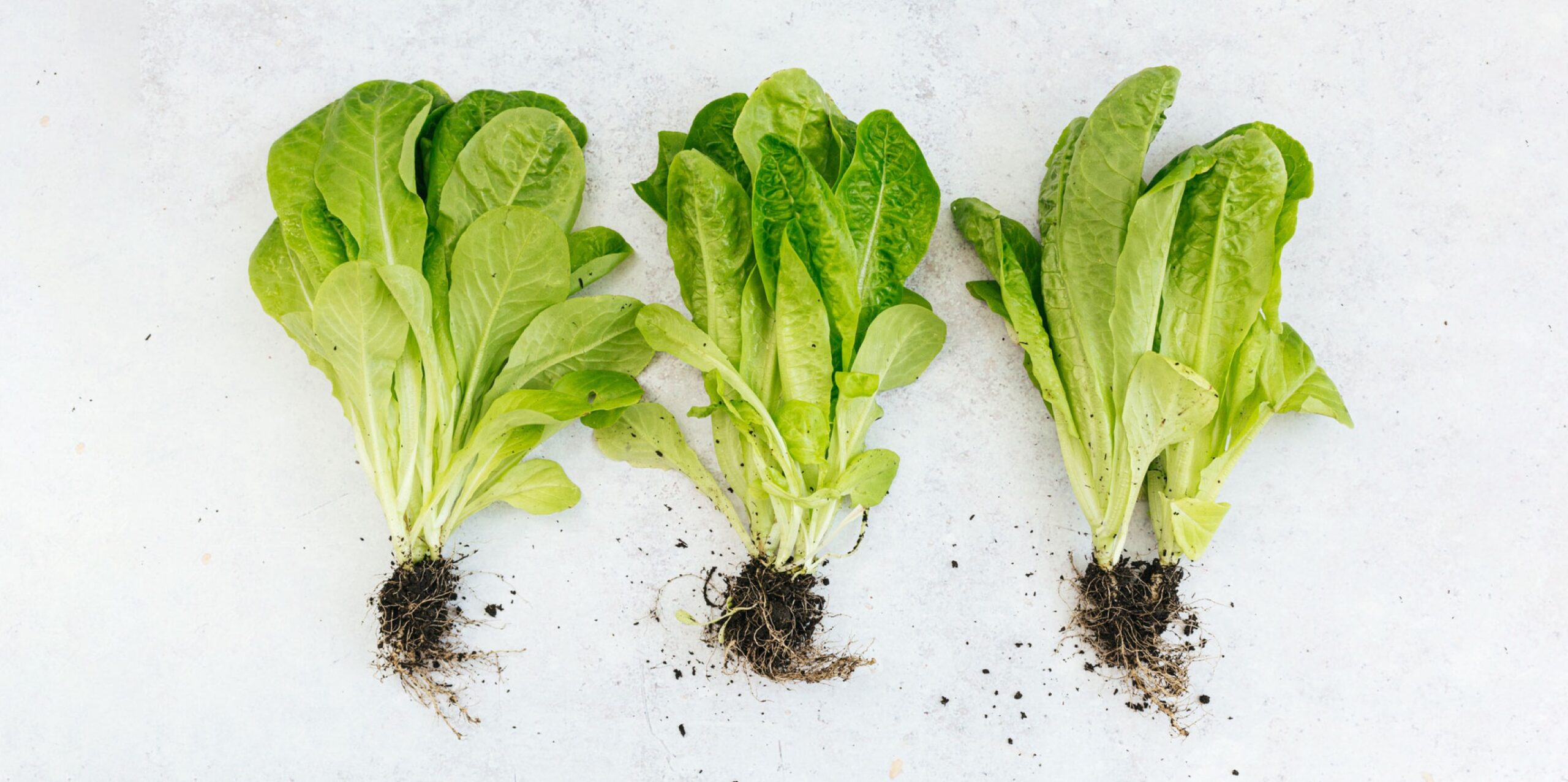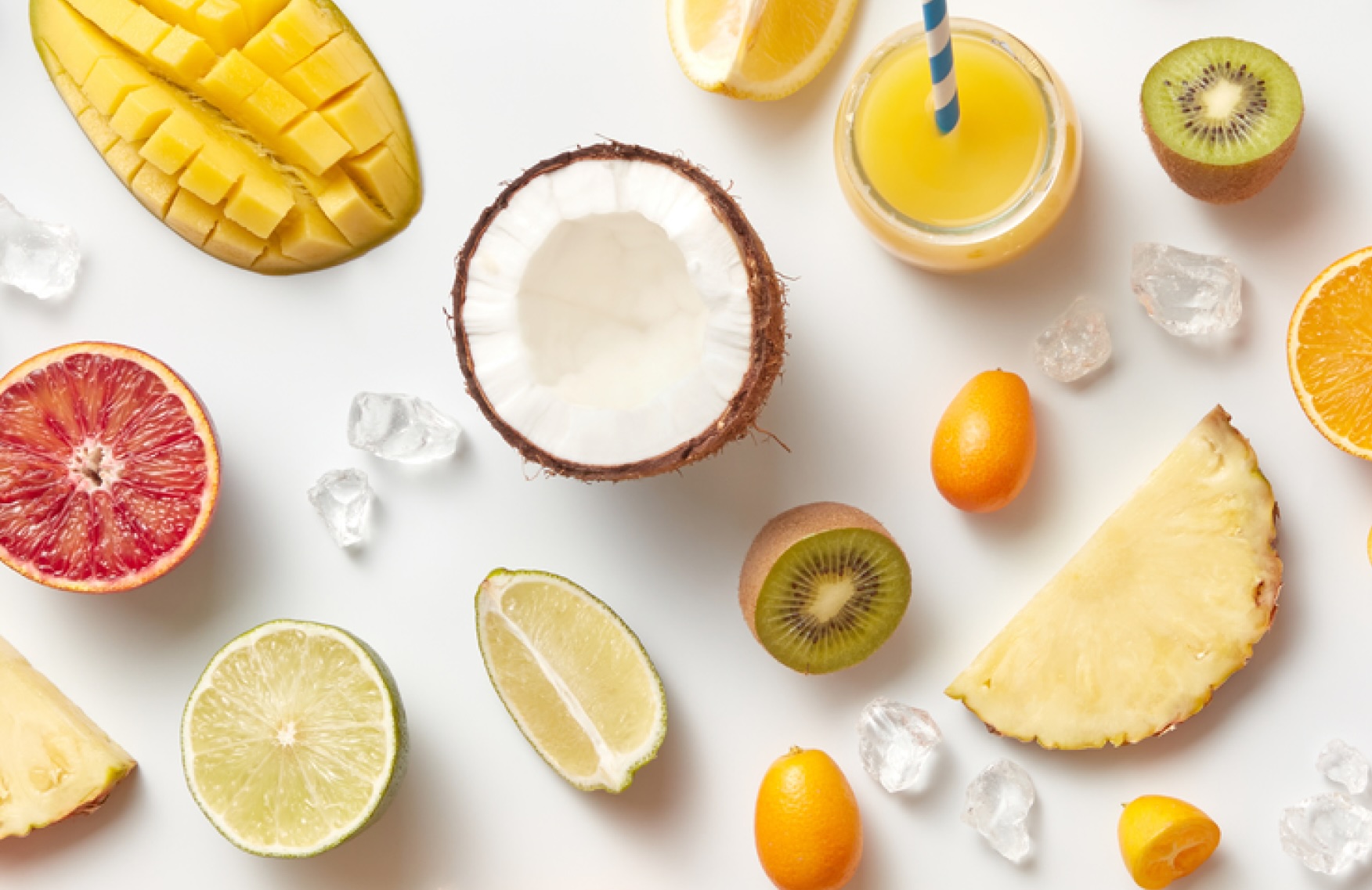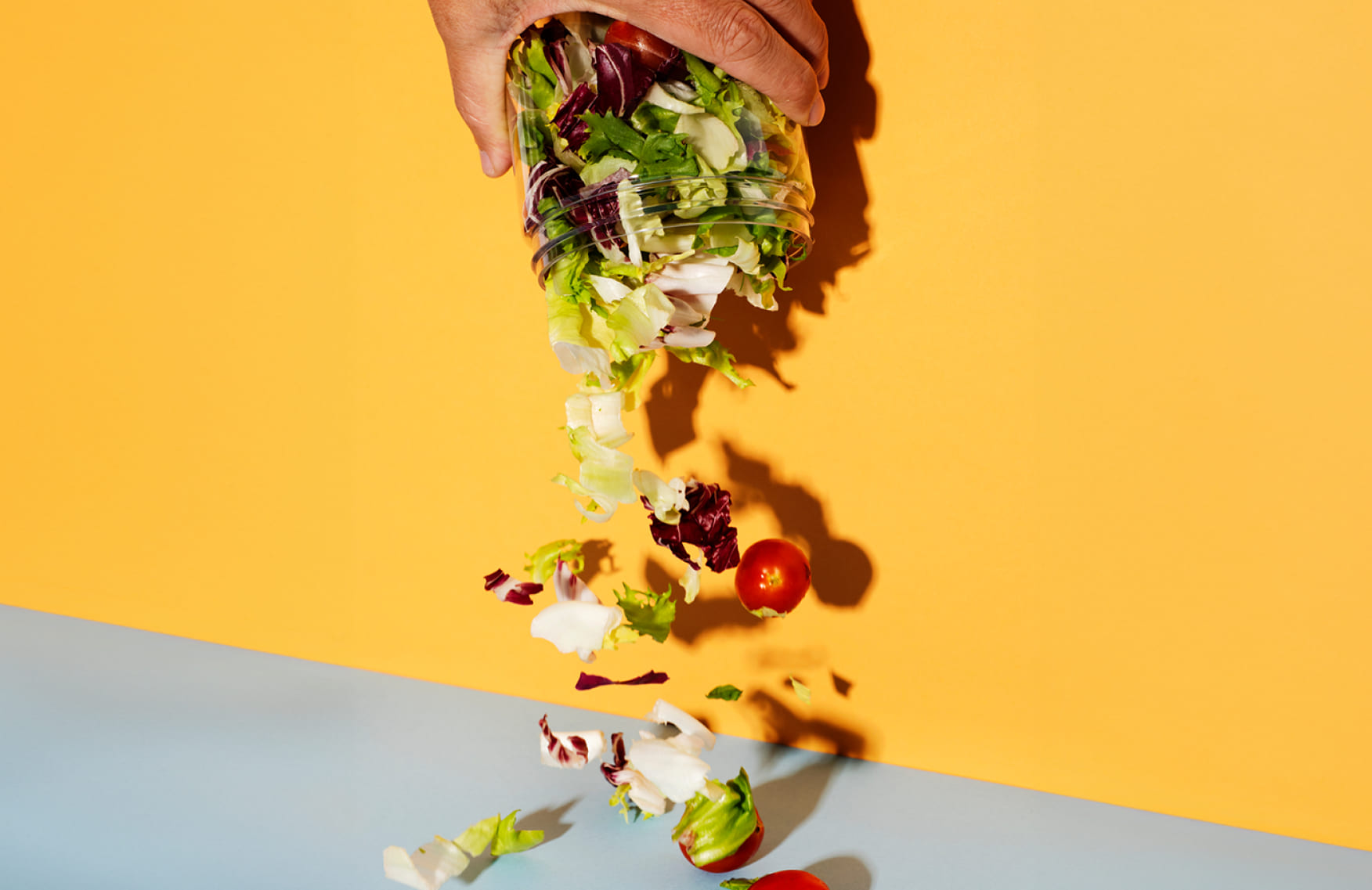Wait, what? Today’s fruits and veggies aren’t as nutritious as the ones we grew up with? (And the reason why will shock you)

Apples for apples? Unfortunately, not quite. As it turns out, the fruits and vegetables we fill our bowls up with today aren’t nearly as nutritious as those harvested years ago. And the nutrition news gets even worse: According to soil scientist Hannes Karwat of The International Maize and Wheat Improvement Center (CIMMYT), this also is true for grains. While research points to climate change and soil depletion as possible culprits, here’s what you need to know about the decline in the nutrients in our produce and grains—and what can be done about it.
The plant problem
“The crops that are harvested in the field can only be rich in nutrients when the plant that produced the fruit or grain could absorb the necessary nutrients from the soil during the growing season,” Karwat explains of the importance of soil quality. “It’s that simple. Soils with poor nutrient availability won’t allow plants to grow well and what is harvested will also be of poor quality,” he continues. A study on the topic by University of Texas at Austin’s Donald Davis, published in the Journal of the American College of Nutrition in 2004, compared the U.S. Department of Agriculture nutritional data from 1950 to 1999. It showed that 43 vegetables and fruits had a reliable decline in the amount of nutrients and minerals, according to Scientific American’s 2011 article pointing.
Why is this happening?
A 2017 study from Harvard University points to rising CO2 emission levels and climate change as the reason why there’s a “decline in nutritional value” for grains and staple crops. “Climate change favors extreme weather events, which leads to erosion and the loss of the rich and valuable topsoil layer. Furthermore, long heat and dry periods will kill the plant cover of the soil,” Karwat adds. The carbon dioxide levels alter protein, nutrients and vitamins like zinc and iron in grains.
Additionally, the way crops are harvested through heavy machinery is part of the problem. Heavy machinery can compact the soil and destroy its important physical structure. Water can’t infiltrate that dense soil and, as a result, plants have difficulty exploring the soil with their roots.
Another important reason that good quality soils are lost is a process called soil erosion,” Karwat says. “That can either happen by wind erosion or water run-off.” He explains that when the topsoil is the upper nutrient-rich layer where most of the soil organic material can be found and if this layer is lost the soil loses its value and quality.
How to bring nutrition back to our crops
Climate change paired with modern agricultural practices that value quantity (farmers trying to produce an increased yield) over quality lead to soil depletion and a loss in the nutritional value in our produce and grains. What could be done to make our fruits, vegetables and grains nutritious again? According to Karwat, “A sustainable soil management practice with low or no losses of fertilizers to the environments,” is the answer.
Half the battle, he says, is balanced fertilization and nutrient removal by harvest products. The other half is plant breeding. “Breeding types of plants that grow well with less need of fertilizers, that are tolerant to stress events like days under heat and drought conditions and genotypes that are tolerant to pests and diseases,” is the other part of the equation. Karwat adds that making new plant and crop crosses to improve plants for human nutrition is the only way to combat a changing environment.
Additionally, it’s important that this loss in nutritional value does not deter the public from consuming fruits and vegetables, says nutritionist Leah Tsui, MS, RDN. “Americans as a whole are not consuming enough of them anyway,” adding that even if produce is not as nutritious as years past, it is still important to get what you could from eating fruits and vegetables. “We receive other nutrients besides just vitamins and minerals when it comes to consuming produce, and the bioavailability of those nutrients may be better absorbed in the whole food form rather than turning to supplements,” she adds. “Opting for multiple servings of fruits and vegetables each day, either included in meals, snacks, or beverages, is a great way for people to incorporate more of them. Fruits and vegetables, whether fresh, frozen or canned all work.”
References for this information:
Scientific American Website, Environment
Harvard School of Public Health Website, News
Science Advances Website, Ecology
Scientific American Website, Observations
International Maize and Wheat Improvement Center, About Us
CDC, 2021


